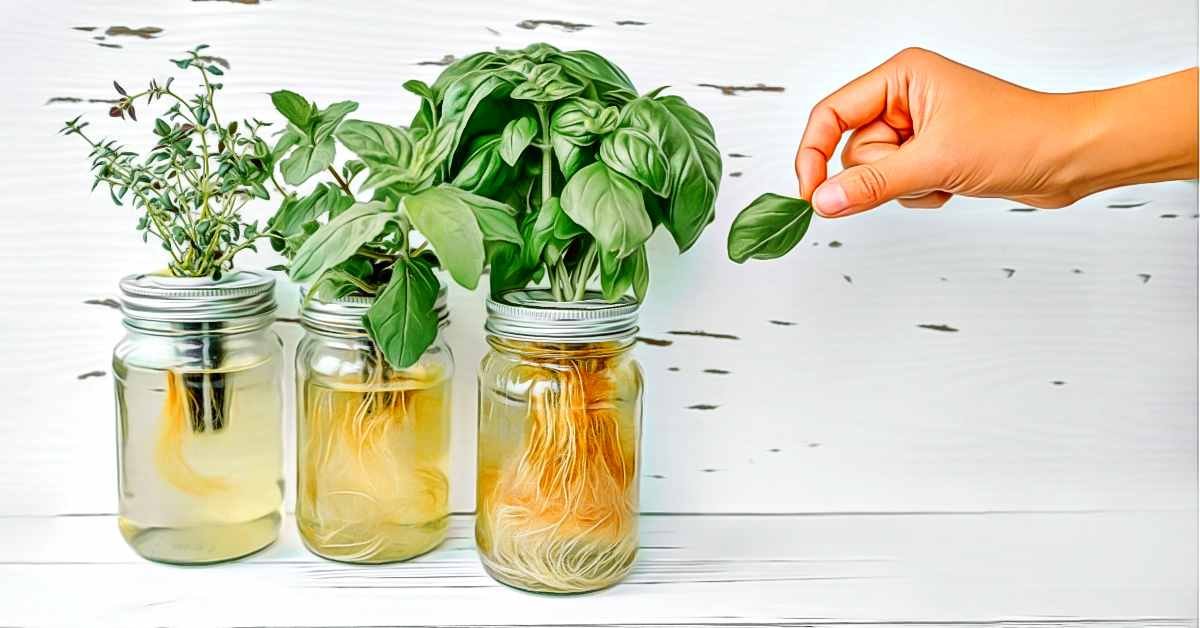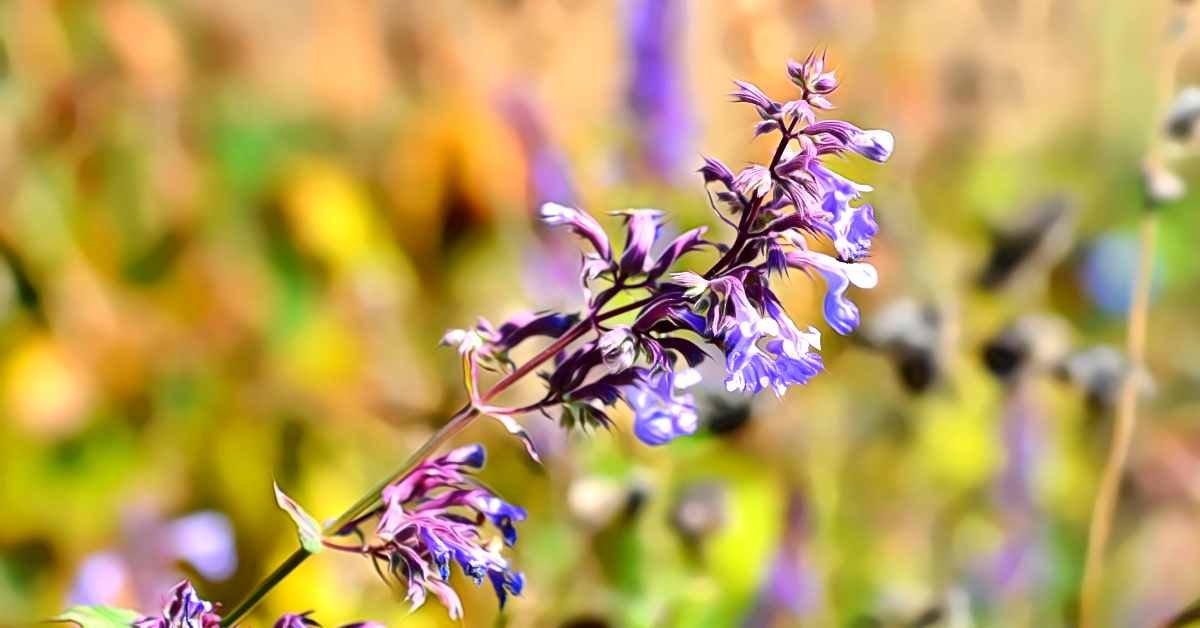We all have a responsibility towards the Earth to live sustainable.
From cutting down on water wastage to finding creative ways to make our homes more environmentally and energy-efficient.
More than just being kinder to the environment and saving you on monthly heating or cooling bills, making your home more energy efficient is an investment in the value of your property too.
Sustainable gardening uses resources in a smart and ecologically-minded way.
The happy result of gardening this way means you'll have less waste, use less chemicals, and overall, gardening will cost less.
And like any investment, it might take a few months or even years to see a financial return, but with correct planning those returns can be substantial – and let’s be honest, they deliver some bragging rights too!
Rethink your water heating
Your geyser can account for as much as 50% of your electricity bill, so it’s well worth taking some steps to improve its efficiency and insulation.
A modern solar heat pump, for example, uses only a third of the power of the old technology.
And while this is one of the larger financial outlays for a home, it adds instantly to the value of your home and will save you significant amounts of money on your bill each month.
It is worthwhile to invest in a solid set of plumbing tools to ensure you can sort out any leaks or heating issues around the house and garden.
If you can’t afford a whole new system, then at least invest in better insulation for the geyser, putting it on a timer, and lowering the temperature setting.
This is especially important if you have youngsters in the house who are just old enough to turn on taps and get some nasty burns in the process.
Plant Deciduous Shade Trees
Planting shade trees on the side of the house that gets the most sun easily does this.
This can lower your power bill by multiple percentiles because less sunlight will enter, therefore ensuring your air conditioner does not have to work as hard to cool down the space.
Insulation, insulation, insulation
Whether you live in a cold or hot climate, keeping warm or cool air where you want it to be is the first step in making a building more energy efficient.
Just as you wouldn’t leave the windows open when you’ve turned the AC on, making sure your rooms are well sealed will save a fortune on heating and cooling costs.
If you're embarking on a new build or adding an extension, then invest in double brick walls with a layer of insulating material in-between and make sure ceilings and floors are also insulated.
If you are replacing frames, opt for wood as these make for better insulators than steel options.
If a complete replacement isn’t within your budget, then simply adding storm windows is a cheaper and less messy alternative.
Heating and cooling
A beautiful fireplace isn’t just a great accent piece in a room, but modern fireplaces are also designed to be energy efficient and provide cost effective heating in style.
Heat pumps and water-based closed circuit under-floor heating systems are also great value for money.
In warm climates, window air conditioners are often popular, but choosing the right size unit is extremely important.
You want a unit which services a space as close to the actual dimensions of the room as possible, as any additional cooling power will just be wasted energy and money.
Make sure you go with a firm that has a good service record.
If you're not convinced that you need full-on air conditioning, then you probably don’t!
A good old ceiling fan in the right place can work wonders without the hefty price tag and energy demands of an AC.
Another great way to control the climate around your house, and create an undercover hangout, would be installing an aluminum awning or shade cloth.
Awnings can both be used to create an attractive outdoor area, try a modern louvre awning or traditional wood cover.
Solar-powered lights
Solar-powered lights beat electricity because they use solar energy (the sun) to power them up at night – not only making them extremely affordable but also very sustainable on our environment.
Solar-powered lights are available from most DIY, outdoor gardening, and lighting stores
Cut Down on Bad Habits
By cutting down on watering during the day you save water and ensure that less water evaporates but makes it down into the soil for the plants.
The best time to water your garden is early in the morning.
During the rainy seasons, one needs not have to water the lawn as frequently, as the ground is already moist.
Another great tip would be conversing any rain water in tanks to use later in the year, during the drier months.
Mulching can also reduce water evaporation, and allow plants to survive the hotter periods.
A lot of water can be lost when it evaporates off the plants in your garden before they get a chance to absorb it.
But mulch can help your plants retain water and reduce water loss through evaporation.
The best part? This is a cheap and easy project, so you can tackle it on your own without breaking the bank.








